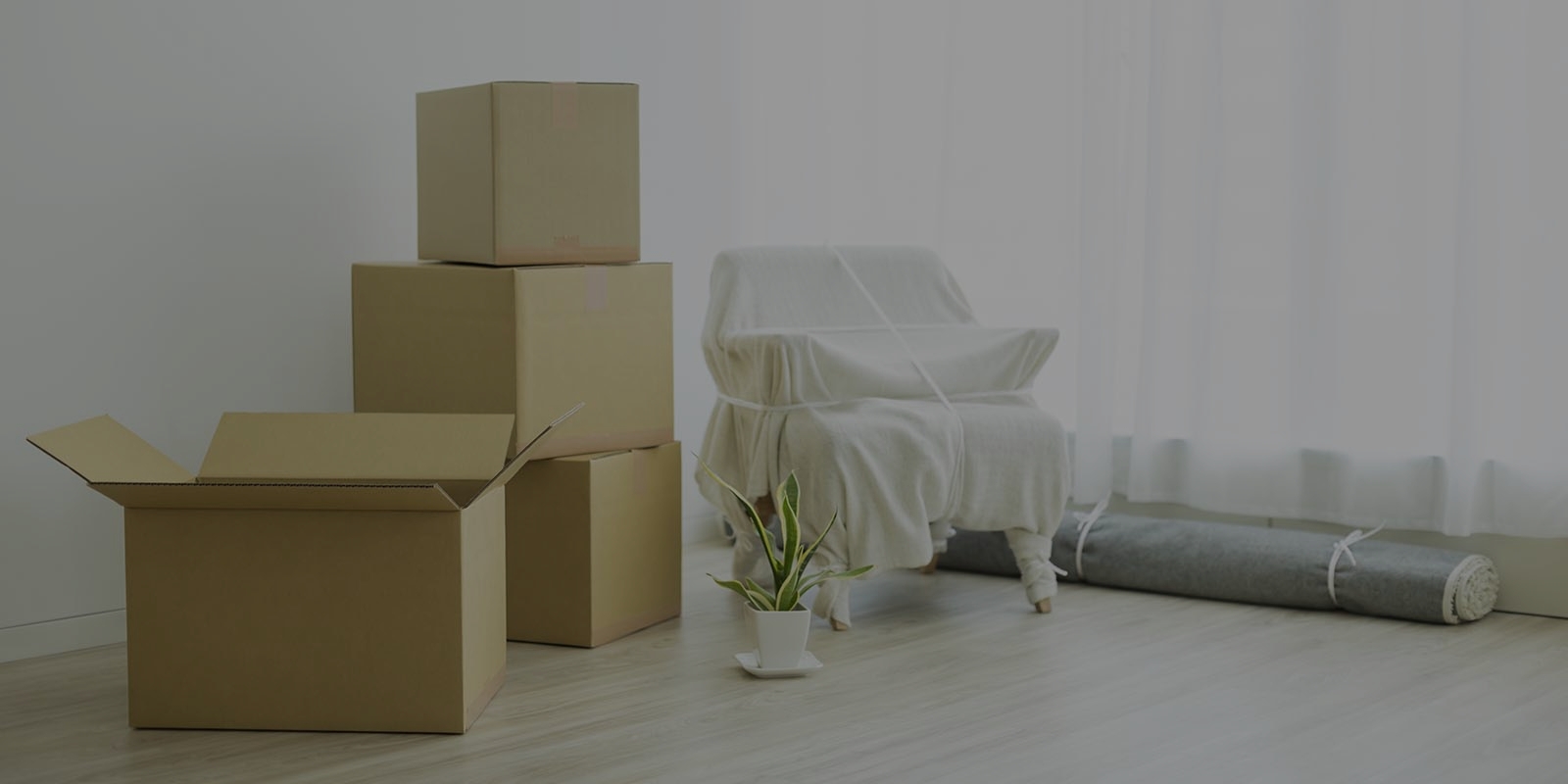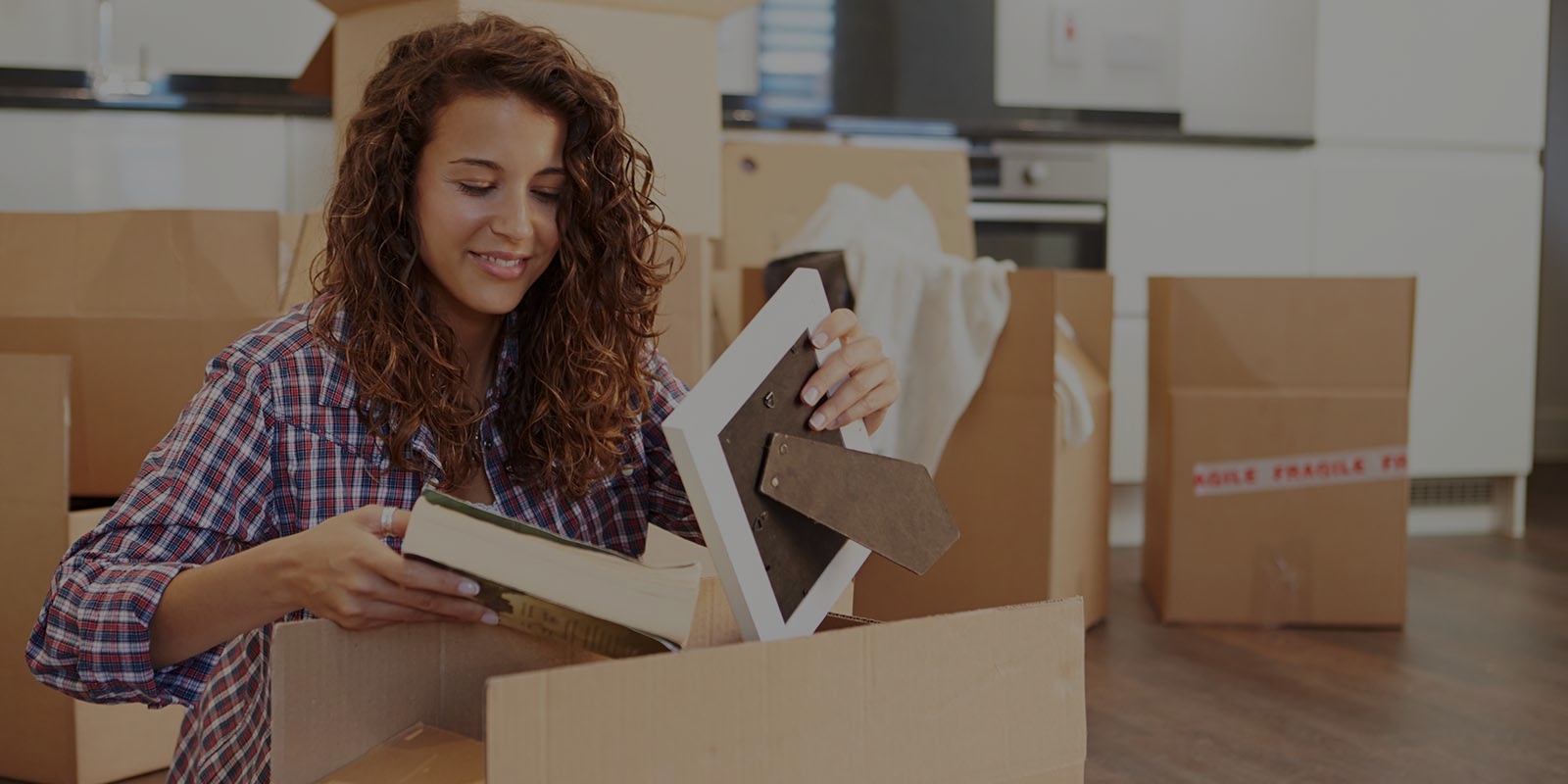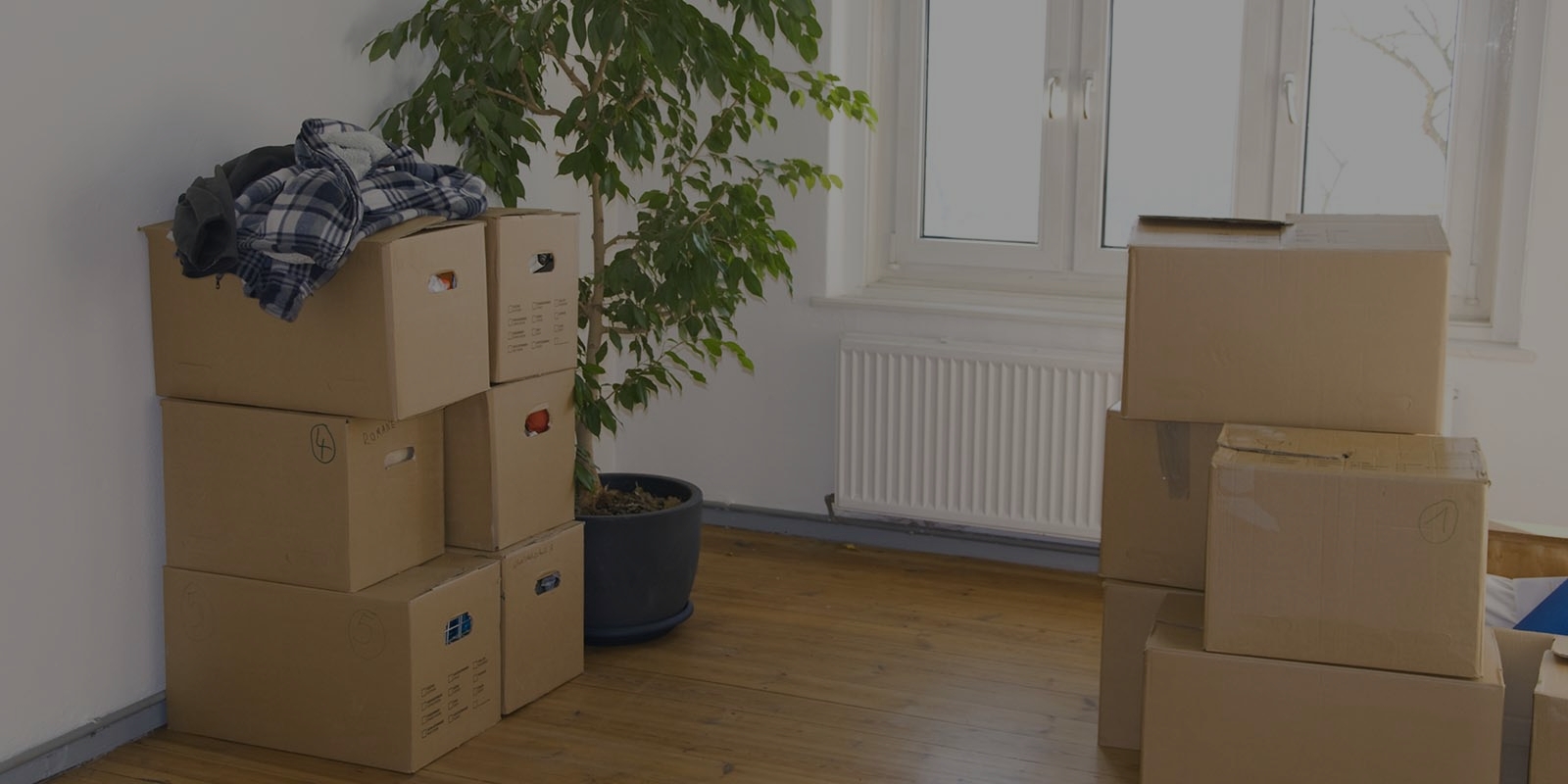Your Go-To Techniques for Moving Your Bed and Mattress
Posted on 27/05/2025
Your Go-To Techniques for Moving Your Bed and Mattress
Relocating to a new home comes with a unique set of challenges, and moving your bed and mattress can be one of the trickiest tasks. These are some of the largest and most essential items to move, so having the right strategy and preparation is crucial. In this comprehensive guide, you will discover the essential techniques and expert tips to safely and efficiently move your mattress and bed frame without damage or unnecessary hassle. Whether you're moving across town or just rearranging your bedroom, these proven methods will be your go-to solution.

Why Proper Techniques Matter When Moving Mattresses and Beds
Moving your mattress and bed frame isn't just about getting them from point A to point B. Improper moving techniques can result in:
- Physical injury: Mattresses can be heavy and awkward, leading to strains or falls.
- Damage to your furniture: Beds and mattresses easily get scratched, bent, or torn during transit.
- Reduced lifespan: Incorrectly handling a mattress can compromise its support and longevity.
- Dirt and contamination: Exposing your mattress to outdoor elements risks introducing allergens and dirt to your sleeping environment.
Mastering the right techniques is essential for safe, efficient, and effective furniture moves.
Essential Preparation Before Moving Your Bed and Mattress
Gather the Necessary Supplies
Before starting, collect the following items to ensure a smooth move:
- Mattress bag or plastic wrap: To protect the mattress from dirt, dust, moisture, and tears.
- Furniture blankets: To cushion the bed frame and prevent scratches or dings.
- Moving straps or ropes: For added control when carrying heavy or awkward items.
- Tool kit: Screwdrivers, pliers, and wrenches for disassembling your bed frame if necessary.
- Sliders or dollies: For moving items easily, especially across hardwood or tile floors.
- Packing tape: To secure covers and boxes.
- Zip-lock bags: For storing nuts, bolts, and assembly hardware.
Take Proper Measurements
Measure your bed, mattress, doorways, and hallways to avoid any surprises on moving day. This ensures your items can pass through tight spots without forcing or bending. Knowing your dimensions helps you plan your moves smarter.
Disassemble the Bed Frame if Possible
Disassembling your bed frame reduces the risk of damage and makes transportation much easier. Many bed frames can be taken apart using basic tools. Keep all hardware in a labeled bag and tape it securely to the frame or headboard so nothing gets lost.
Expert Techniques for Moving Mattresses
How to Move a Mattress Alone or with Help
If you have assistance, moving a mattress gets easier, but you can also handle it solo with the right tools and patience. Here are actionable tips:
- Use a mattress bag: Slide your mattress into a durable mattress bag. Seal with packing tape for full protection.
- Bend sparingly: Most mattresses are not designed to be folded or bent sharply, as this can damage inner springs or foam. Only fold if the manufacturer states it's safe.
- Leverage a dolly: Tightly secure the mattress on an upright dolly to maneuver through hallways or down stairs with little lifting.
- Get a grip: Use moving straps with handles or special mattress moving straps for secure, controlled lifting.
- Team lift for safety: Always lift with your legs and coordinate movements if you have a helper.
Protecting Your Mattress During Transit
Mattresses are prone to tears, moisture, and dirt. Protect yours by:
- Double-wrapping with a mattress bag or heavy-duty plastic wrap for waterproofing.
- Keeping the mattress upright in the moving truck to maximize space and prevent excessive pressure on one side.
- Placing blankets between the mattress and any hard surfaces inside the vehicle.
- Avoiding placing heavy items on top, which can create indentations.
Tip: If you're moving in the rain, be sure your mattress is sealed--added moisture will encourage the growth of mold and mildew.
Special Tips for Different Types of Mattresses
Not all mattresses are molded the same. Here's what you need to know for specific mattress types:
- Memory foam mattresses: Generally lighter and more flexible, but can be prone to tearing. Avoid folding sharply and use extra protection.
- Innerspring mattresses: Heaviest and most rigid--never bend to prevent spring damage.
- Hybrid mattresses: Combine both elements; treat them gently and keep upright.
- Latex mattresses: Heavy and floppy; always have a partner to handle moving and use a strong bag or cover.
The Best Way to Move Your Bed Frame
Step-by-Step Guide to Disassembling Your Bed Frame
- Remove bedding and mattress: Strip away all linens and place the mattress aside, protected in a bag.
- Study the construction: Take note of how the frame fits together, or take photos for reference during reassembly.
- Detach the headboard and footboard: Unscrew or unbolt these pieces carefully, collecting all hardware in a labeled zip-lock bag.
- Disassemble side rails and slats: Keep parts organized to prevent loss or confusion at your new place.
- Protect all pieces: Wrap components in furniture blankets or bubble wrap to avoid scratches and dings.
Transporting Your Bed Frame Safely
- Carry larger pieces vertically if possible for better control through doorways and hallways.
- Use lifting straps for items that are heavy or have awkward shapes.
- Secure all components in the vehicle to prevent shifting during the move.
- Recheck all hardware bags on arrival to ensure you didn't leave anything behind.
Professional Tips for Better Efficiency and Care
Label and Organize Everything
Labeling bagged hardware and bed parts with tape and marker ensures quick, frustration-free reassembly. Take photos during dismantling for a visual step-by-step reference.
Enlist Help or Hire Professionals
If your bed or mattress is especially large or heavy, or if you face tight spaces or flights of stairs, calling professional movers can save you time and prevent injury. Some local movers even offer specialty handling for beds and luxury mattresses.
- Professional moving services: Provide expertise and equipment for moving bulky furniture quickly and safely.
- Specialty mattress movers: Ensure white-glove care for high-value beds and mattresses, often including re-assembly.
Considerations for Moving Mattresses Long Distance
- Longer moves require sturdier protection against weather and shifting loads.
- Wrap bed and mattress each in waterproof covers, even double-bag for safety.
- If time allows, air out your mattress for a few hours after arrival to remove packing odors.
FAQs: Your Common Mattress and Bed Moving Questions Answered
Should I Move My Old Mattress or Buy New?
Consider the age and condition of your mattress. If it's over eight years old, sagging, or uncomfortable, moving can be the perfect time to upgrade for better sleep. However, if it's relatively new, well-maintained, and fits your new space, proper moving techniques can ensure it makes the trip safely.
What's the Safest Way to Move a King-Size Mattress?
Moving oversized mattresses like a king or California king can be especially tricky. Always:
- Use at least two people for lifting and carrying.
- Secure with moving straps or handles.
- Transport upright in a moving truck for optimal space and support.
Can I Fold My Mattress for Easier Moving?
Only certain mattresses (such as foam, latex, or flexible hybrids) are designed to be bent for short periods. Most innerspring or coil mattresses should not be folded, as this can cause irreversible damage. Check your manufacturer's guidelines before attempting to fold or bend your mattress.
How Do I Move a Bed Up or Down Stairs?
- Use two strong people: Coordinate lifts and take it slow.
- Bend knees, lift with legs: Avoid back strain. Secure a steady grip and maintain balance.
- Take off bedroom doors if needed: Remove obstructions for added clearance.
- Use sliders or blankets: Protect stairs and edges from scrapes.

Moving Your Bed and Mattress: A Quick Checklist
- Gather all moving supplies: Mattress bag, tape, tools, blankets, straps.
- Remove bedding and pack separately.
- Disassemble bed frame and protect all pieces.
- Cover and secure the mattress in a sturdy bag.
- Measure paths and plan your move route in advance.
- Label and bag all hardware for reassembly.
- Use sliders, dollies or enlist helpers for safety.
- Secure everything in the moving vehicle properly.
Conclusion: Move Your Mattress and Bed Like a Pro
With the right planning and tried-and-true techniques, moving your bed and mattress doesn't have to be stressful or risky. Prioritize protection, safety, and organization to transport your bedroom essentials with ease. By following the best methods for moving mattresses and bed frames, you'll enjoy a clean, undamaged sleep setup in your new space--ready for a restful first night!
For even more tips on hassle-free home moves, check out our guides on moving heavy furniture and packing delicate items. If in doubt, consider hiring a professional moving team for peace of mind and efficient service.
Now you're equipped with the most reliable techniques for moving your bed and mattress--rest easy on moving day!







